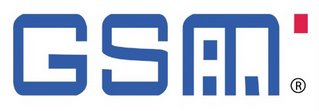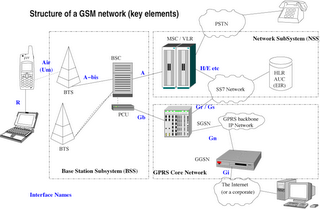 Wibree
Wibree is the first wireless technology to solve the following needs in a single solution.
* Ultra low peak and average power consumption in both active and idle modes
* Ultra low cost & small size for accessories & human interface devices (HID)
* Minimal cost & size addition to mobile phones & PCs
* Global, intuitive & secure multi-vendor interoperability
Wibree device architectureWibree specification has been created by having two equally important implementation alternatives in mind, namely dual-mode and stand-alone. In the dual mode implementation the Wibree functionality is an add-on feature inside Bluetooth circuitry sharing a great deal of existing functionality resulting in a minimal cost increase compared to existing products. The dual modes are targeted at mobile phones, multimedia computers and PCs. The stand alone implementations are power and cost optimized designs targeted at, for example, sport, wellness, and human HID product categories.
 Wibree radio specification
Wibree radio specificationWibree radio specification enables dual-mode implementations to reuse Bluetooth RF part but also to guarantee ultra low power consumption for devices with embedded stand-alone implementation of the Wibree specification. Wibree operates in 2.4 GHz ISM band with physical layer bit rate of 1 Mbps and provides link distance of 5-10 meters.
Wibree link layer specification
Wibree link layer provides ultra low power idle mode operation, simple device discovery and reliable point-to-multipoint data transfer with advanced power-save and encryption functionalities. The link layer provides means to schedule Wibree traffic in between Bluetooth transmissions.
Wibree host & profile specificationsIn the first phase Wibree provides sensor, HID and watch user interface profiles.
 Mobile Phone Emergency Charger
Mobile Phone Emergency Charger


